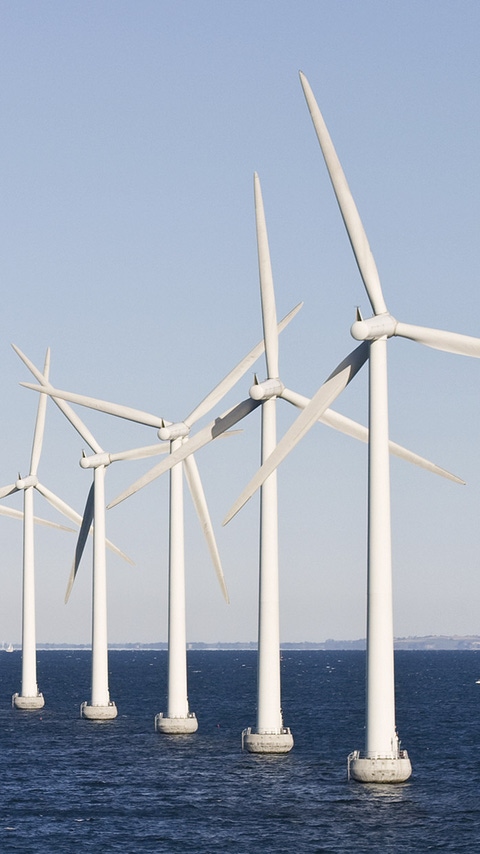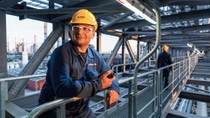Sustainability
What's New
Latest News
Rezultati: 463
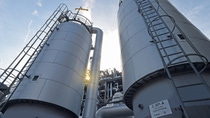
BASF becomes first producer of renewable ammonia in Central Europe
With two new renewable ammonia grades – renewable ammonia and renewable ammonia solution 24.5% – BASF further expands its sustainable product portfolio. BASF produces the renewable ammonia grades at its Verbund site in Ludwigshafen by feeding hydrogen into the ammonia plant which reduces the plant’s natural gas consumption.
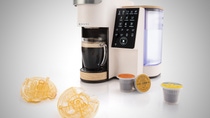
One of life’s great little pleasures
The American coffee brand Bruvi® now uses Ultrason® E 2010 to manufacture the extractor lens in its coffee brewers. The complex injection-molded component is part of Bruvi’s unique auto-optimized brewing technique, scanning the coffee pod and then automatically adjusting the brewing parameters to the specific recipe for the optimal brew of each individual coffee. The BASF polyethersulfone (PESU) contributes to the durability of the machine by its excellent mechanical strength, its high heat and steam resistance up to 180°C, as well as dimensional stability at varying temperatures. The food-contact approved thermoplastic meets Bruvi’s standards for ensuring tastier coffee and hygienic brewing: It does not affect the taste of the coffee or gives off any odors. This allows Ultrason® E 2010 to outperform other materials which are used in coffee machine applications.
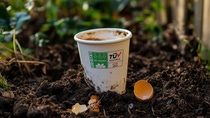
Metpack and BASF cooperate to demonstrate certified home-compostable, coated paper for food packaging
For sustainable food packaging, the extrusion coating specialist Metpack, Istanbul, now offers coated paper and paperboard which is certified home-compostable OK Compost Home from TÜV Austria. Metpack’s paper Ezycompost benefits from a coating with BASF’s ecovio® 70 PS14H6. The biopolymer is certified home-compostable (OK Compost Home) and adds several functional advantages to paper for food packaging: It is food-contact approved (FDA) and shows excellent barrier properties against liquids, fats, grease, and mineral oil as well as temperature stability at boiling water (up to 100°C). This combination of proven compostability and excellent performance gives paper packaging manufacturers and food brands the certainty that food packaging articles made of Ezycompost can be safely used by consumers and create no persistent mircoplastics in home compost after usage.

BASF’s Intermediates division converts its entire European amines portfolio to 100 percent renewable electricity
BASF’s Intermediates division, one of the world’s largest amines producers, is taking the next step towards more sustainability by converting its entire European amines portfolio to 100 percent renewable electricity. The transition starts in May 2025 and will apply to all amines produced at the European production sites in Ludwigshafen, Germany, and Antwerp, Belgium.
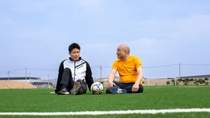
BASF and Hagihara Industries collaborate to deliver highly durable artificial grass for sports fields
BASF, a global leader in chemical innovation, and Hagihara Industries, Inc., a leading synthetic fiber producer in Japan, have joined forces to develop highly durable polyolefin yarns for artificial turf used in sports arenas, including football stadiums, baseball fields, and tennis courts. After three years of collaborative research and development, the two companies have created an advanced formulation with a series of Tinuvin® grades that significantly enhances the durability of synthetic grass, making it less susceptible to damage from sun exposure and ensuring it retains its vibrant color.
This News Release is only available in English.
This News Release is only available in English.
